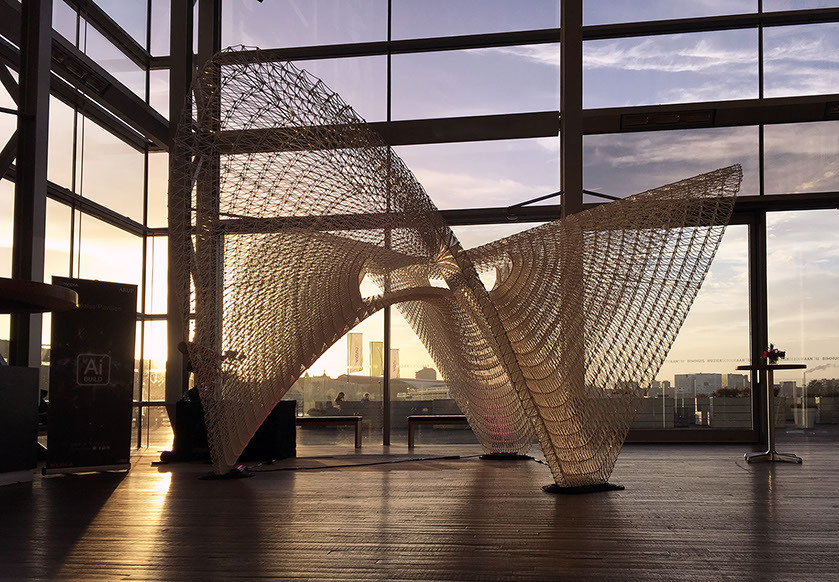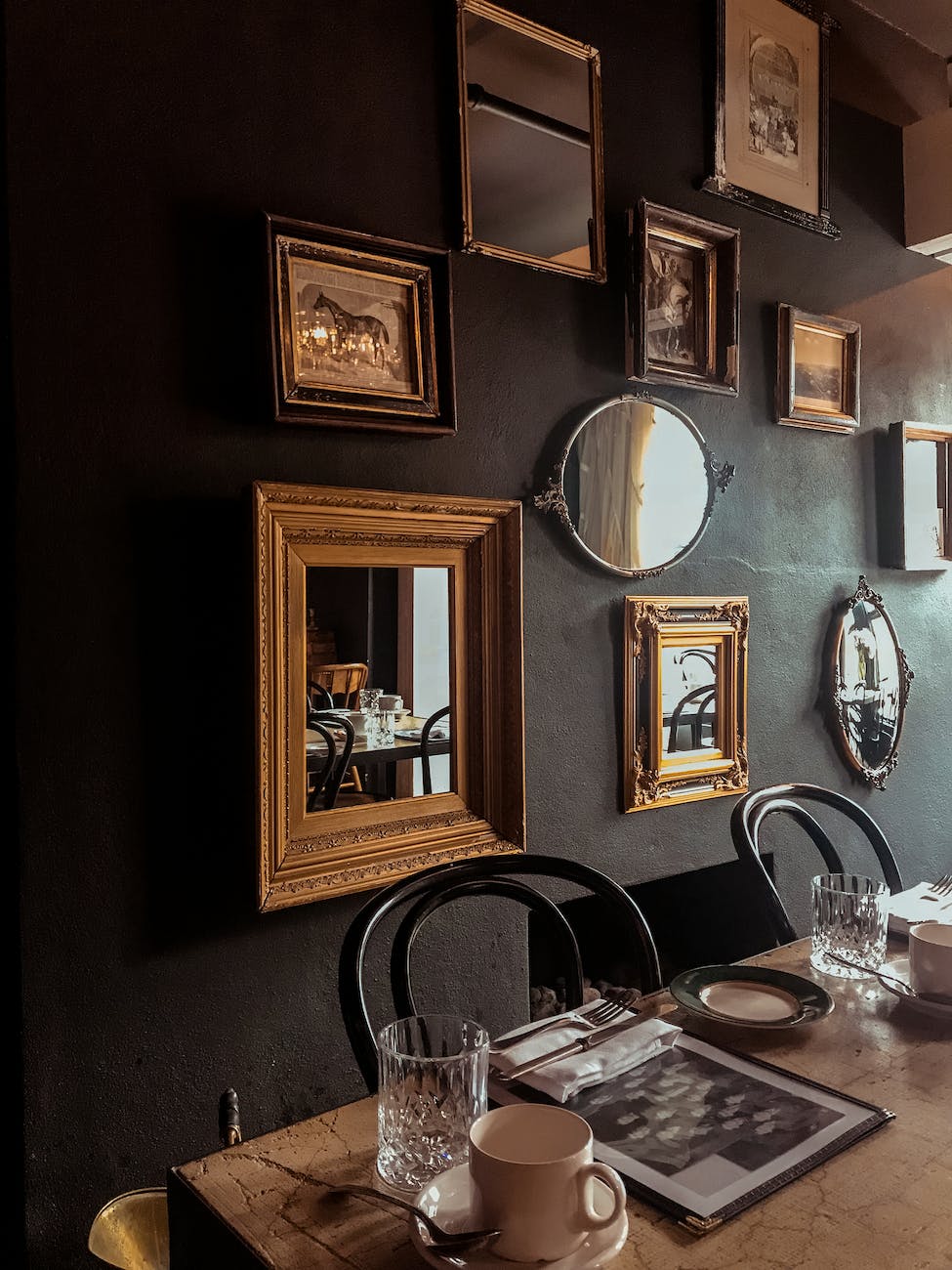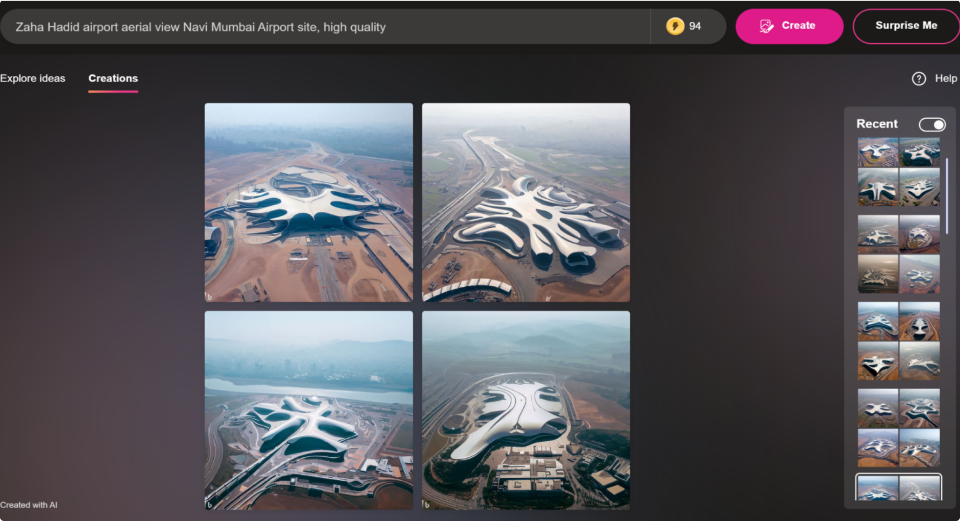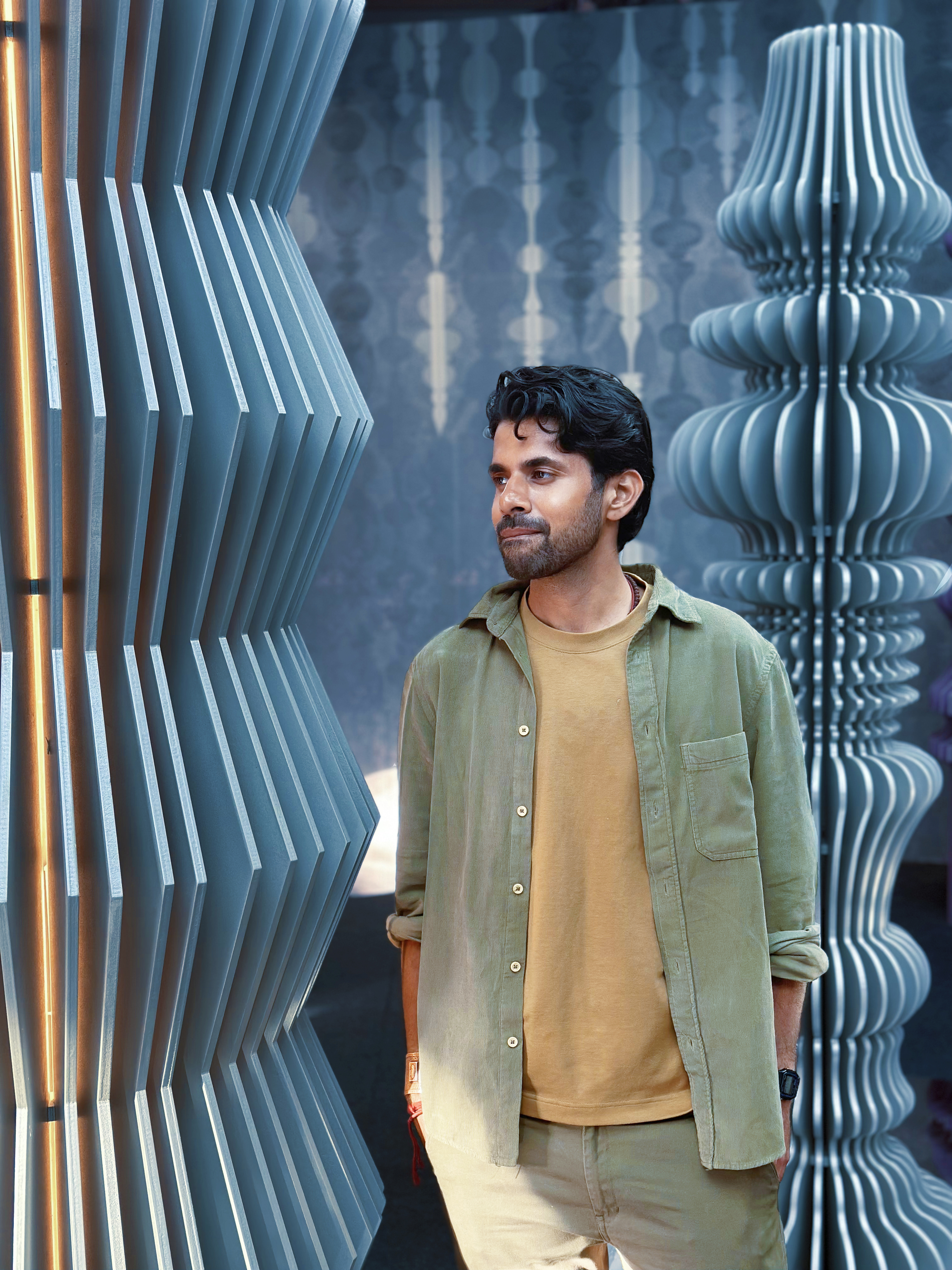In the captivating world of design, the very essence of creativity and innovation takes centre stage. From the visionary architects who craft iconic structures to the ingenious interior designers shaping emotive spaces, the realm of design has always been a spectacle of wonder. Yet, defining the true identity of a designer or an architect in our modern era can prove a delightful puzzle.
Let us step into the fascinating narrative of this grand mechanism we call designarchitecture, where each designer's specialization adds a unique brushstroke to the canvas of creativity. As time dances forward, the ever-evolving field of design embraces new dimensions, charting an accelerated path of transformation throughout the last century.
The AI-volution of Design
In a world that often seems dominated by mass-produced goods and fleeting trends, the appeal of vintage items lies in their ability to tell stories of times gone by. Each piece carries a history, a connection to the past that adds depth and character to a living space. Our artistic couple understands this sentiment all too well, as their home is a curated collection of vintage treasures that have been lovingly sourced and thoughtfully arranged.
- Societal evolution impacts lifestyles and design.
- Design practices have evolved significantly over the past 50 years.
- Computer age has transformed design work, making it faster and more automated.
- Almost all designers now use machines and digital tools for efficiency.
- Future developments may render today's methods and processes obsolete.
- We might be witnessing a transformative shift comparable to the advent of the internet.
In the past year, AI has emerged as the centrepiece of debates and discussions among professionals from all walks of life. With new apps launching everydaydaily and billionaires forewarning us about its impact, the world's major economies grapple to comprehend and regulate this groundbreaking technology. Designers and architects, though often immersed in their own creative spheres, are not immune to its influence.
The architectural discourse now embraces AI as design and imagery has become increasingly sophisticated. Architects worldwide find themselves at a crossroads of excitement and concern. The boundless possibilities AI offers in fostering creativity and design innovations are exhilarating. Yet, a lingering worry arises: will AI reach a point where human co-creators are no longer essential? As the lines between human and machine creativity blur, the architectural landscape too braces itself for the transformative potential of AI.












